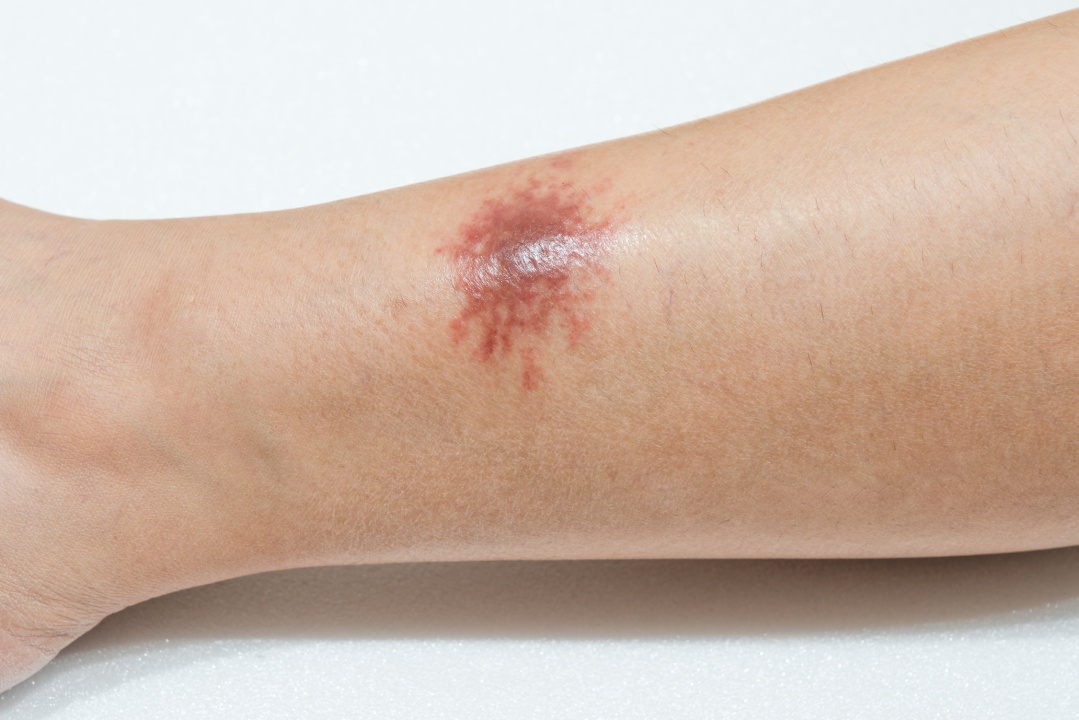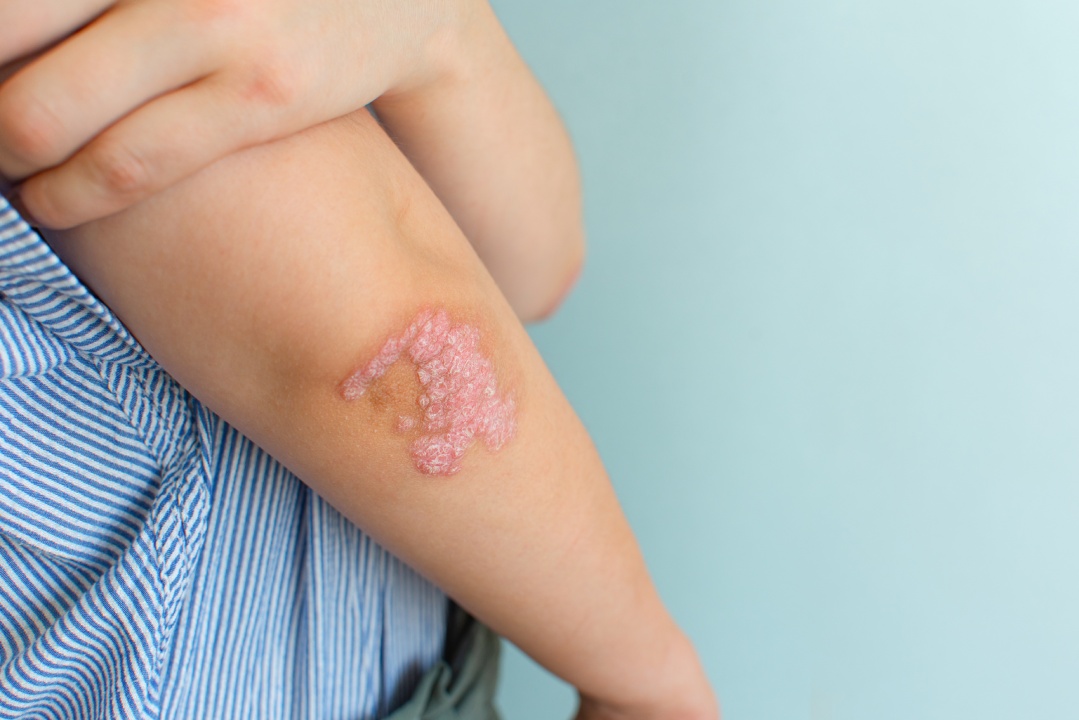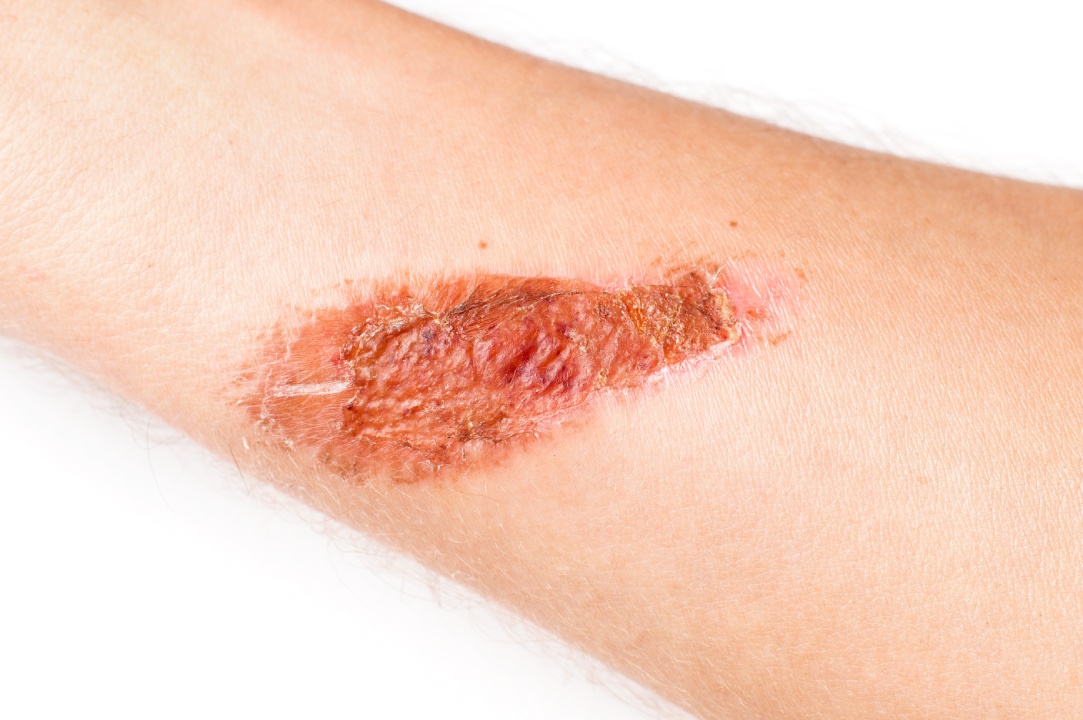Necrotic wounds require specialized care to remove dead tissue, prevent infection, and promote healing. Without proper treatment, these wounds can worsen, leading to severe complications such as infections, delayed recovery, or even amputation. At R3 Wound Care and Hyperbarics, we provide advanced wound care solutions that help restore healthy tissue and speed up recovery without the long wait times or high costs of a hospital visit.
If you or a loved one has a wound that isn’t healing, don’t wait. Early intervention can prevent serious complications. Let our expert team help you heal faster, safer, and more comfortably.


A necrotic wound occurs when tissue dies due to poor blood flow, infection, or severe injury. Depending on the condition, this dead tissue appears black, brown, or yellow and can be dry or moist. Necrotic wounds often develop from:
Without proper care, necrotic wounds can lead to chronic infections, severe pain, and life-threatening complications.
You should seek professional wound care if you notice:
If any of these apply to you, do not wait—early treatment can save your limb and prevent serious complications.

At R3 Wound Care and Hyperbarics, we use cutting-edge treatments to remove necrotic tissue, fight infection, and promote healthy skin regrowth. Our expert team customizes treatment based on your wound’s severity and your overall health.
The first and most crucial step in treating a necrotic wound is debridement, which involves removing dead or infected tissue to allow healthy skin to regenerate. We use different debridement techniques based on the wound’s severity:
Why This Matters: Necrotic tissue slows healing and increases infection risk. Proper removal ensures faster recovery.
Once necrotic tissue is removed, we focus on infection prevention and wound protection. Necrotic wounds are highly vulnerable to bacterial infections, which can lead to serious complications like sepsis or gangrene. Our approach includes:
Why This Matters: Preventing infection is essential for a safe and effective healing process.
For severe or slow-healing wounds, Hyperbaric Oxygen Therapy (HBOT) plays a crucial role in stimulating tissue repair and improving circulation. HBOT involves breathing 100% pure oxygen in a pressurized chamber, which:
HBOT is especially beneficial for diabetic ulcers, radiation wounds, and chronic necrotic wounds.
Why This Matters: Oxygen is essential for wound healing, and HBOT helps deliver more oxygen to damaged tissues, speeding up recovery.
Healing doesn’t stop when the wound starts closing. Our team provides comprehensive ongoing care to ensure the wound heals completely and does not reopen. This includes:
Why This Matters: A strong immune system and proper nutrition play a key role in long-term wound healing and prevention.
At R3 Wound Care and Hyperbarics, our four-step treatment plan ensures your necrotic wound heals effectively and safely.
WOUND CARE AND HYPERBARIC OXYGEN THERAPY
Located in The Dallas-Fort WORTH, Houston and San Antonio Areas of Texas